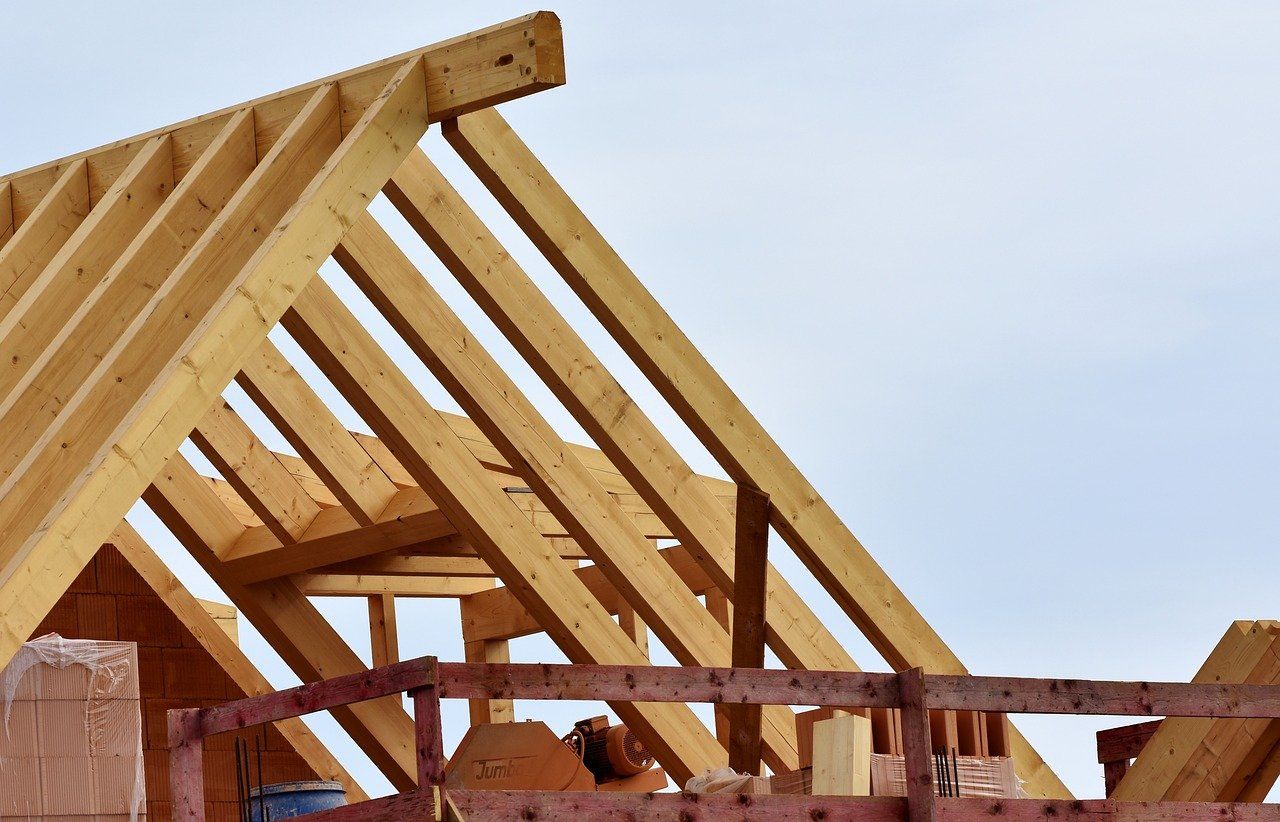Introduction
Every year, homeowners and business proprietors alike face the constant battle against the elements. From blazing sun to torrential rains and icy winds, your rooftop endures a lot. It stands as the first line of defense against external weather conditions, but without proper maintenance and care, it can succumb to damage over time. That's why we’ve compiled Seasonal Tips for Protecting Your Rooftop Against Weather Damage, ensuring you have the tools and knowledge to keep your roof in top condition throughout every season.
In this article, we will dive deep into effective strategies to protect your rooftop from roofers weather-related harm. Whether you're looking for residential roofing services or commercial roofing services, understanding how seasonal changes affect your roof is crucial. We’ll discuss everything from emergency roof repairs to regular inspections and maintenance services. Ready to roll up your sleeves? Let’s dive right in!
Seasonal Tips for Protecting Your Rooftop Against Weather Damage
Your rooftop is more than just a covering; it’s a shield that protects your home or business from countless weather challenges. To ensure its longevity and functionality, here are some seasonal tips:
1. Spring Maintenance: Freshening Up After Winter
Spring often brings heavy rains and the melting of snow, which can lead to water pooling on your roof if not properly managed.
1.1 Inspect for Winter Damage
After winter's wrath, inspect your rooftop thoroughly. Look for signs of wear like:
- Cracked shingles Loose flashing Accumulated debris
Consider hiring licensed roofing contractors to perform a comprehensive roof inspection.
1.2 Clean Gutters Regularly
Clogged gutters can lead to water backup and potential leaks. Clear out leaves and other debris to ensure proper drainage.
1.3 Schedule Roof Inspection Services
Regular roof inspections by certified roofing contractors can catch minor issues before they escalate into costly repairs.
2. Summer Preparations: Beating the Heat
As temperatures rise, so do the risks associated with heat exposure to roofing materials.
2.1 Check for UV Damage
The sun's rays can deteriorate certain roofing materials over time. Inspect tiles or shingles for discoloration or brittleness.
2.2 Ensure Proper Ventilation
Good ventilation helps regulate temperature and moisture levels in your attic, promoting a longer lifespan for your roof.

3. Autumn Readiness: Preparing for Winter Challenges
Fall is the perfect time to prepare your roof for winter conditions that could cause serious damage.
3.1 Remove Leaves and Debris
Debris buildup can trap moisture leading to mold growth or even rot in wooden components of your roof structure.
3.2 Inspect Flashings
Flashing around chimneys and vents should be checked regularly as this is often where leaks begin during rain or snow.
4. Winter Protection: Safeguarding Against Harsh Elements
Winter can be brutal on rooftops—heavy snowfall, ice dams, freezing temperatures—oh my!
4.1 Monitor Snow Load
Excessive snow accumulation can lead to serious structural damage if not addressed promptly.
4.2 Emergency Roof Repair Services
Keep contact details handy for emergency roof repair companies that specialize in storm damage repair during winter months.
5. The Importance of Regular Roof Inspections
Regular inspections are vital regardless of the season!
5.1 Identifying Hidden Problems Early On
Minor issues left unchecked can escalate into significant problems requiring extensive repairs or even complete replacements.
5.2 Budgeting For Repairs And Maintenance Services
Understanding potential costs involved helps you plan better financially—no one wants an unexpected bill at the worst possible time!
6. Understanding Roofing Materials and Their Vulnerabilities
Different materials offer various benefits but also come with specific vulnerabilities based on seasonal changes.
6.1 Asphalt Shingles vs Metal Roofing: What’s Best?
- Asphalt Shingles: Affordable but may require more frequent replacement. Metal Roofing: Durable but may have higher upfront costs; however, they reflect heat better in summer months!
FAQ Section
1) How often should I have my roof inspected?
Regular inspections are recommended at least twice a year—once in spring and once in fall—to catch any potential issues early on.
2) What common signs indicate I need a roof repair?
Look out for water stains inside your home, missing shingles outside, or an increase in energy bills which might suggest improper insulation due to leaks.
3) How much does a typical roof repair cost?
The cost varies widely based on material type and extent of damage but expect anywhere from $300-$1500 depending on whether it's minor patchwork or major repairs like flashing replacement.
4) Can I perform my own roof maintenance?
While some tasks like cleaning gutters may be DIY-friendly, always consult with professional licensed roofing contractors before attempting anything beyond basic maintenance to avoid injury or further damage!
5) What should I do if I suspect a leak?
Immediately contact emergency roof leak repair services! Ignoring leaks could lead to severe interior damage over time!
6) Is insurance likely to cover storm damage?
Most homeowner insurance policies cover storm-related damages including hail storms; verify coverage specifics ahead of time!
Conclusion
In conclusion, protecting your rooftop against weather damage requires vigilance throughout all seasons! By implementing these seasonal tips for protecting your rooftop against weather damage—like regular inspections by certified roofing contractors, timely gutter cleaning sessions, proper ventilation checks—you'll extend the life of your roof significantly while saving money down the line!
So take action now! Ensure you’re well-prepared no matter what Mother Nature throws at you next! Happy roofing!